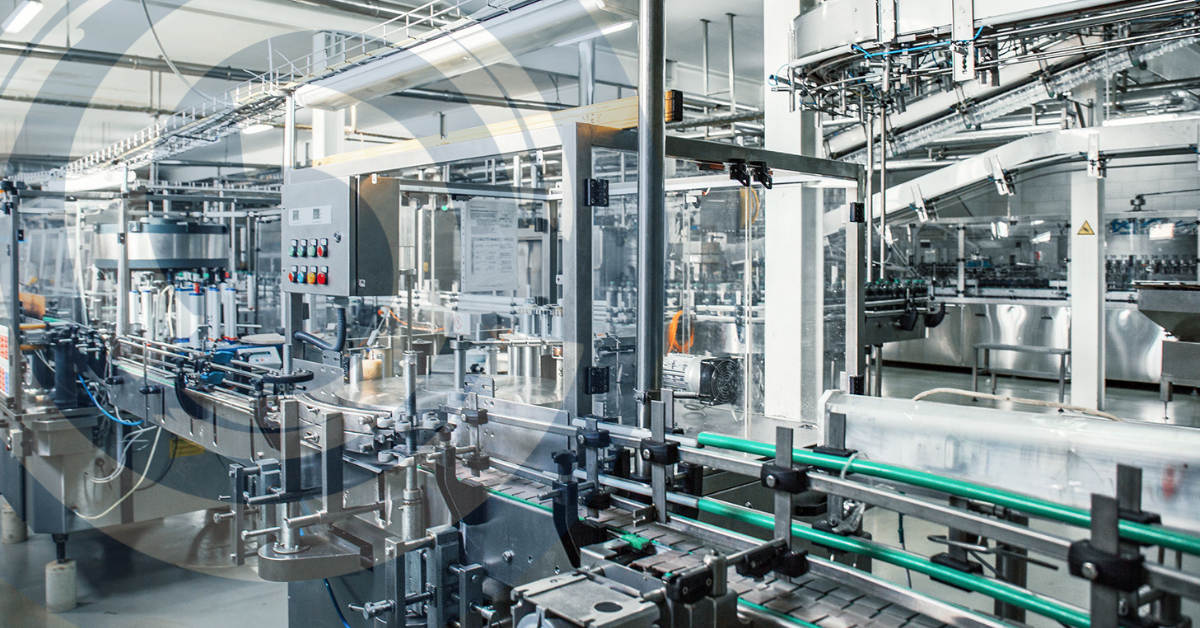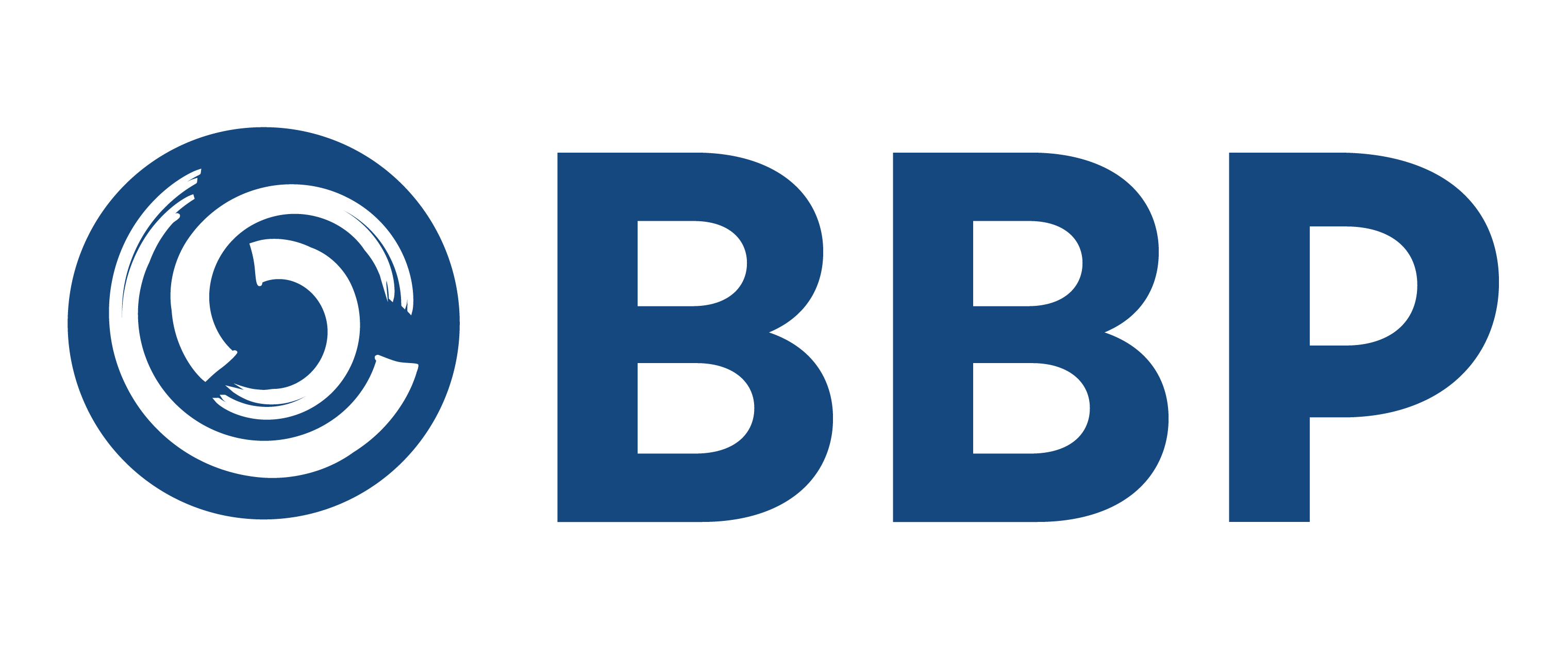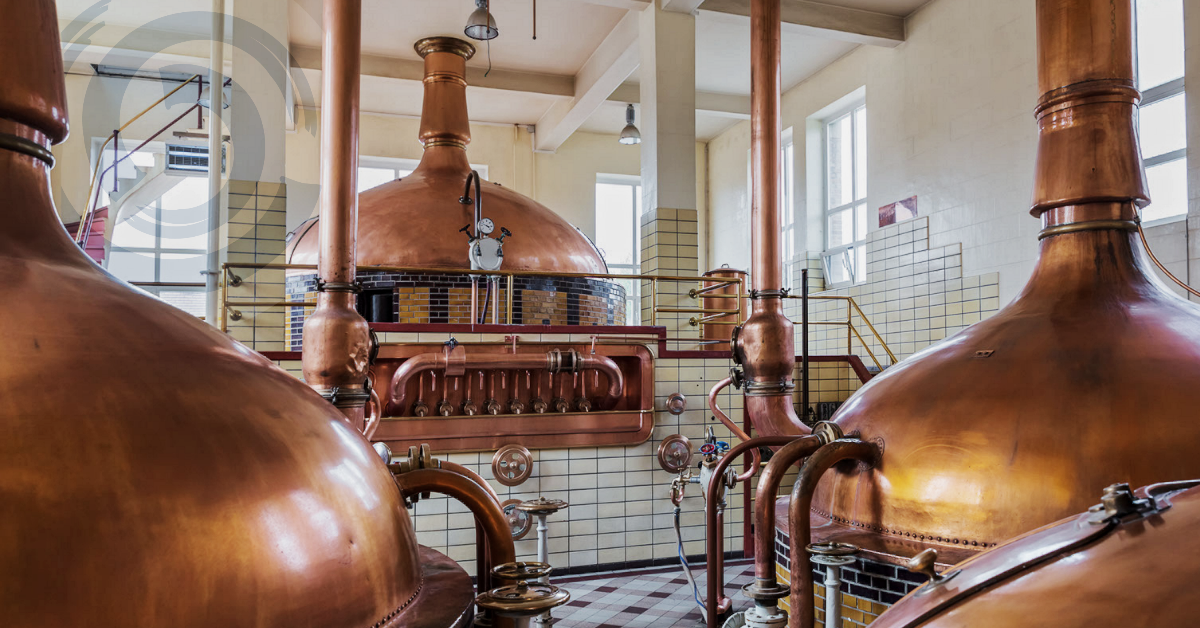
Reliable Flow and Conductivity Measurements in Clean in Place
 In the food and beverage industry, cleaning, and sterilizing equipment between batches of product is critical to continued safe and sanitary conditions. The clean-in-place (CIP) process disinfects the piping system and any equipment that comes in contact with the product.
In the food and beverage industry, cleaning, and sterilizing equipment between batches of product is critical to continued safe and sanitary conditions. The clean-in-place (CIP) process disinfects the piping system and any equipment that comes in contact with the product.
A condiment manufacturing site in the U.S. begins the CIP process by creating a caustic solution that will be flushed through the food-processing lines at a given percent, flow rate, and temperature over a specified time. After that caustic flushing, water clears the cleaning solution from the process equipment to safely prepare for the next product batch.
Accurate and reliable measurements from magnetic flowmeters (magmeters) and conductivity analyzers are required to show that the caustic solution was made correctly, that the CIP used the correct process to clean the equipment, and that the caustic was safely evacuated from the system. Accuracy is key because the caustic conductivity at the end of the water final flush must be very low, 800 micromhos.
Challenges
Questionable flow and conductivity measurements during CIP could raise questions about food quality and safety. The producer’s CIP relies on multiple tanks to blend the cleaning solution. As their devices malfunctioned occasionally due to the vibration of equipment, the condiment team needed to spend time testing and troubleshooting their magmeters and conductivity analyzers to stay ahead of issues that could pose risks.
The maintenance team knew their efforts were assuring the correct CIP execution, but they also knew the process as a whole could be more effective and costs could be reduced if their flow and analysis instrumentation was more reliable.
Solution
The condiment producer chose to install Yokogawa’s FLXA402 Multi Channel Four-Wire Analyzers to measure the concentration of the caustic cleaning solution as it is made. The condiment manufacturer also uses the FLXA402 and Yokogawa’s ADMAG TI – AXG magmeters while caustic flows through the pipes and equipment, and again later as water flushes the caustic out of the system. Both instruments provide the robust construction and accurate measurements the producer needs throughout CIP.
The FLXA402 accuracy for fluid conductivity is especially valuable as measurements must remain accurate even at extremely low levels of caustic concentration. To leverage the existing condiment manufacturing process, conductivity data is sent to their PLC. An option is available to them, however, if they prefer to provide a concentration curve to the analyzer.
AXG magmeter reliable accuracy comes from Yokogawa’s proprietary dual-frequency excitation method that combines traditional high/low-frequency excitation methods to ensure greater stability and quicker response even if noise or other problems are present in the line. The EtherNet/IP option simplified set-up through remote access, faceplates, and easy integration to PLCs.
 Accurate measurements from the magmeter show the condiment team that the velocity during CIP delivered enough turbulent force to flush out debris and contaminates. Accurate and reliable conductivity measurements of the cleaning solution show that it reached the required concentration during CIP and later that the water flushed it clean from the system.
Accurate measurements from the magmeter show the condiment team that the velocity during CIP delivered enough turbulent force to flush out debris and contaminates. Accurate and reliable conductivity measurements of the cleaning solution show that it reached the required concentration during CIP and later that the water flushed it clean from the system.
Both the analyzer and the magmeter can alert the condiment team to issues such as clogs or electrode adhesion. With this robust solution in place, the condiment manufacturing maintenance team can focus on other issues rather than replacing the magmeters and analyzers or keeping excess in their inventory.
Key Advantages
- High-quality CIP process through accurate flow measurements thanks to the ADMAG TI magmeter dual-frequency excitation method
- Reduced maintenance tasks due to the ruggedness of the magmeter and analyzer construction
- Reduced operating costs thanks to highly accurate conductivity measurements





